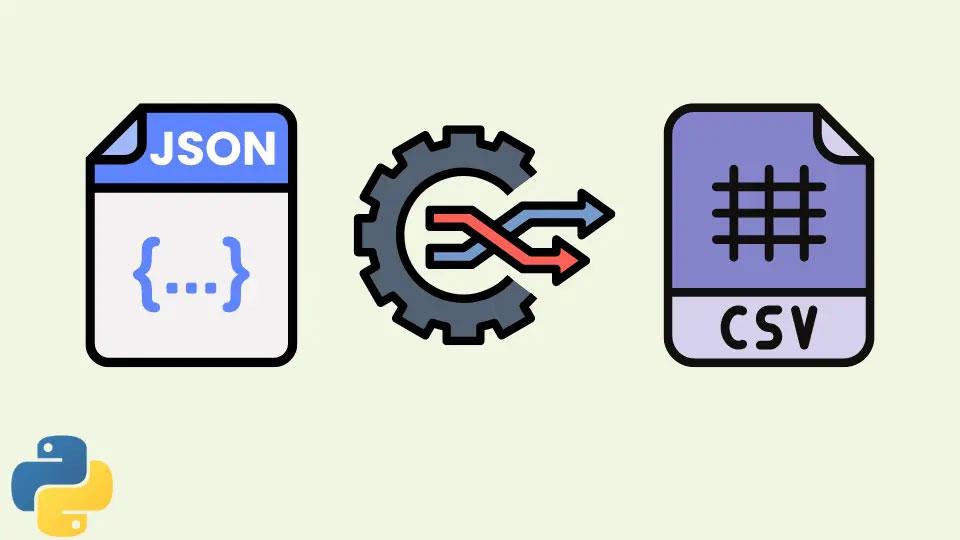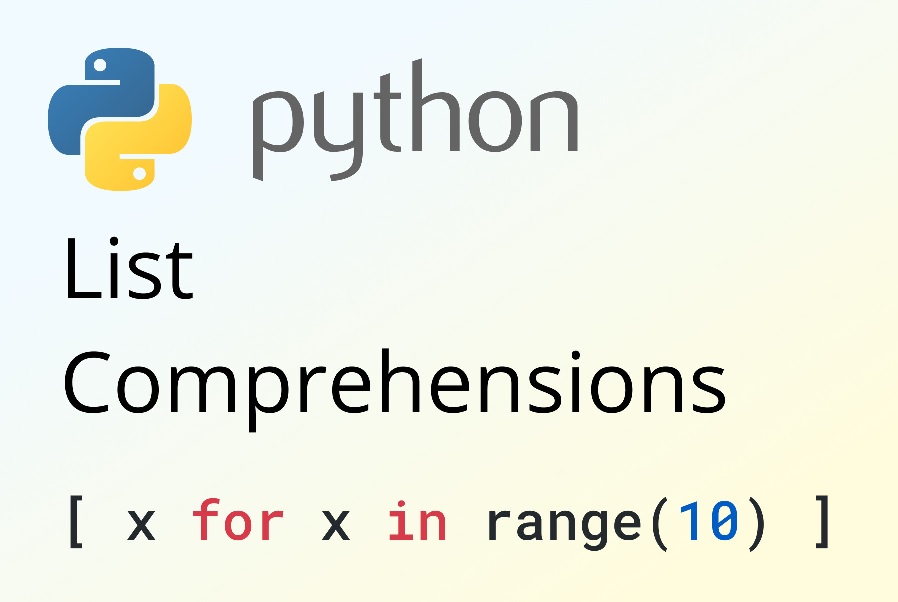Is Data Visualization With Pandas Possible?
Data visualization is a vital component of data analysis, allowing us to understand complex information and communicate insights effectively. When it comes to data visualization in Python, Pandas, a powerful library, is a go-to tool for many data analysts and scientists.
In this comprehensive guide, we will explore the world of data visualization with Pandas, highlighting its capabilities, discussing various techniques, and showcasing how this library can transform your data analysis workflow.
Unleashing the Power of Pandas for Data Analysis
Pandas is a popular open-source Python library that provides high-performance data manipulation and analysis tools. It offers data structures and functions that are designed to simplify and streamline data analysis tasks. With Pandas, you can effortlessly load, clean, transform, and analyze datasets of various formats, including CSV, Excel, SQL, and more. This versatility makes Pandas an indispensable tool for any data analysis project.
You’re reading the article, Data Visualization with Pandas: Powerful Guide of 2023.
Introducing Pandas Data Visualization Capabilities
Many data analysts are unaware of the fact that Pandas has built-in data visualization capabilities. Pandas leverages the Matplotlib library, which is another powerful data visualization tool in Python. By integrating Matplotlib functionalities into Pandas, you can create stunning visualizations directly from your Pandas DataFrame. This eliminates the need for additional coding and enables you to generate insightful visualizations with just a few lines of code.
You’re reading the article, Data Visualization with Pandas: Powerful Guide of 2023.
Exploring Pandas Data Visualization Techniques
a) Line Plots: Pandas enable you to create line plots that are ideal for visualizing trends and patterns over time. Whether you want to analyze stock prices, temperature fluctuations, or sales data, Pandas makes it easy to generate clear and informative line plots that showcase the underlying patterns in your data.
b) Bar Plots: Bar plots are effective for comparing categorical data or displaying frequencies. Pandas allow you to create bar plots to visualize distributions, compare different groups, or present survey results. With customizable options for colors, labels, and annotations, Pandas makes it simple to create visually appealing bar plots.
c) Scatter Plots: Scatter plots are invaluable for examining relationships and correlations between two variables. Pandas enable you to create scatter plots that highlight patterns, clusters, or outliers in your data. By incorporating additional features such as size, color, and shape, you can enhance the visual representation of your scatter plots.
d) Histograms: Histograms are useful for understanding the distribution and frequency of a single variable. Pandas facilitate the creation of histograms that provide insights into the underlying data distribution, allowing you to identify central tendencies, variations, and potential outliers. You can customize the number of bins, colors, and other parameters to create visually appealing and informative histograms.
You’re reading the article, Data Visualization with Pandas: Powerful Guide of 2023.
Elevating Your Data Visualization Skills with Pandas
To take full advantage of Pandas’ data visualization capabilities, it is essential to enhance your knowledge and skills. There are various resources available, including tutorials, online courses, and documentation, that can help you explore the depths of Pandas data visualization.
Additionally, Python For Data Analytics certification course offered by ConsoleFlare is an excellent option to deepen your understanding of Pandas and its visualization capabilities. This comprehensive course covers the fundamentals of Python, Pandas, and advanced data visualization techniques, equipping you with the skills needed to excel in the field of data analysis.
You’re reading the article, Data Visualization with Pandas: Powerful Guide of 2023.
Conclusion
Data visualization is a powerful tool that brings insights to life, allowing us to make informed decisions and communicate findings effectively. With Pandas, you can seamlessly integrate data visualization into your data analysis workflow, eliminating the need for additional tools or complex coding. By leveraging Pandas’ built-in visualization capabilities, you can create stunning visual representations of your data, uncover hidden patterns, and gain valuable insights.
So, start exploring the world of data visualization with Pandas and witness the transformation it can bring to your data analysis endeavors.
And if you’re eager to master Pandas and excel in the field of data analytics, consider enrolling in the Python For Data Analytics certification course offered by ConsoleFlare. This comprehensive course will equip you with the skills and knowledge to harness the power of Pandas and become a proficient data analyst.
Hope you liked reading the article, Data Visualization with Pandas: Powerful Guide of 2023. Please share your thoughts in the comments section below.
Follow our social media pages: Facebook, Instagram, LinkedIn








